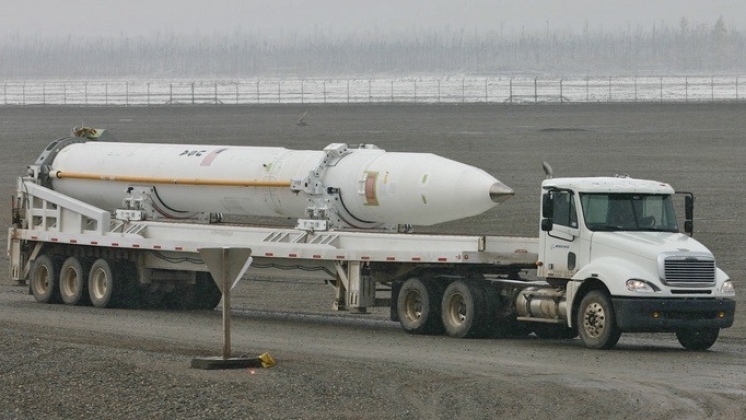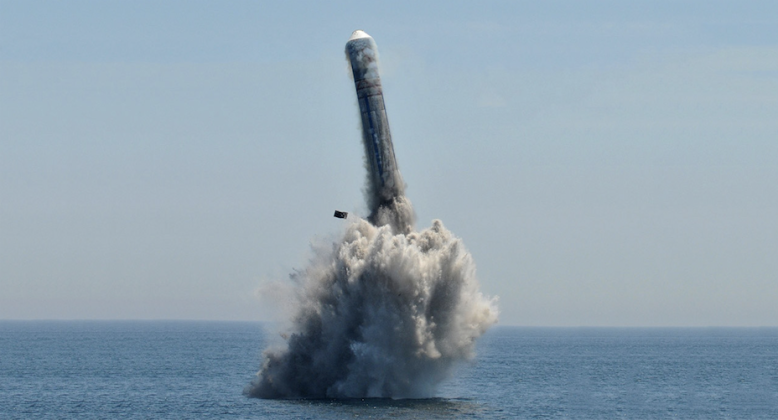News
Can America’s Space-Based Interceptor Program Really Secure the Mainland Against ICBM Threats?
Following confirmation that the U.S. Space Force has released of a Request for Prototype Proposal for the Space-Based Interceptor program, which is intended to develop the world’s first Earth orbiting missile system designed to shoot down enemy ballistic missiles, serious questions have been raised regarding its implications for the strategic balance of power. Three potential adversaries currently field intercontinental range ballistic missile arsenals capable of striking cities across the American mainland, namely China, Russia and North Korea, all of which have developed hypersonic glide vehicles for their arsenals, albeit in North Korea’s case still only for its short, medium and intermediate range missiles. While such vehicles are considered nearly impossible to intercept upon reentry, the Space-Based Interceptor program is intended to shoot them down in their boost phases when they are still over enemy territory, during which time they are much slower and less manoeuvrable. Significant questions nevertheless remain regarding the viability of the program.

The implications of the Space-Based Interceptor program are particularly significant when considering the current very serious limitations of American defences against ICBM attacks. The country’s only anti-ICBM capable system, the Ground Based Midcourse Defence (GMD) system, deploys only 44 interceptors, with three considered necessary to reliably neutralise each incoming warhead. North Korean Hwasong-17 ICBMs at a conservative estimate carry four independently targetable reentry vehicles, while larger Chinese and Russian ICBMs can carry over twelve, making even a small number of missiles sufficient to overwhelm the GMD system. The conditions under which testing has taken place have also raised serous questions regarding the system’s reliability. A successor to the GMD being developed under the Next Generation Interceptor (NGI) program will see anti-ballistic missile interceptors cost $498 million each, which also makes defence against ICBMs wholly unaffordable.

While both the GMD and the NGI are considered wholly insufficient to intercept missiles using hypersonic glide vehicles, which makes the Space-Based Interceptor program potentially revolutionary, the new system is expected to face even greater affordability issues. A strength of the new system is that by intercepting targets in their boost phases, they can be neutralised before multiple reentry vehicles detach, thus allowing a single interceptor hit from space to achieve what it would take for to twelve ground interceptor hits to achieve. Nevertheless, the immense costs of sending materials into orbit will be among the leading contributors to the expense of the new system, while the sheer numbers of advanced ICBMs fielded by Russia, and the rapid rate of growth of the Chinese and North Korean arsenals, makes it almost certain that a viable defence against full scale attacks will remain unaffordable. The concentration of large numbers of interceptors on satellites could also create opportunities to seriously undermine American missile defences using increasingly formidable anti-satellite weapons. Although strengthening the defences of the United States mainland has increasingly been prioritised in preparation for the possibility of hostilities with a leading adversary, a viable defence against large scale attacks by advanced ICBMs has historically consistently proven to be impossible, with the feasibility of the Space-Based Interceptor program thus remaining in serious question.












